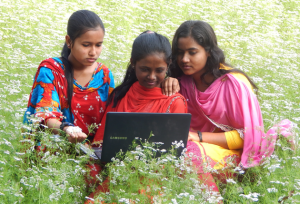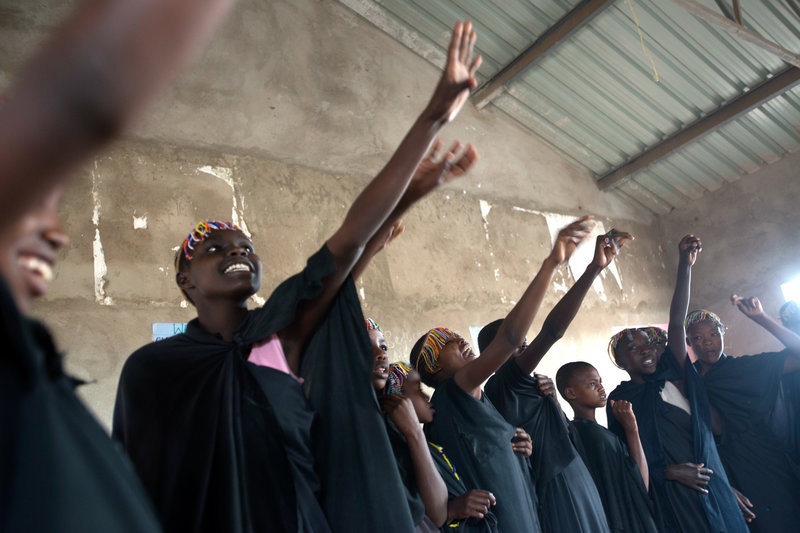On December 19, 2011, United Nations General Assembly adopted Resolution 66/170

The International Day of the Girl Child focuses attention on the need to address the challenges girls face and to promote girls’ empowerment and the fulfilment of their human rights.
Adolescent girls have the right to a safe, educated, and healthy life, not only during these critical formative years, but also as they mature into women. If effectively supported during the adolescent years, girls have the potential to change the world – both as the empowered girls of today and as tomorrow’s workers, mothers, entrepreneurs, mentors, household heads, and political leaders. An investment in realising the power of adolescent girls upholds their rights today and promises a more equitable and prosperous future, one in which half of humanity is an equal partner in solving the problems of climate change, political conflict, economic growth, disease prevention, and global sustainability.
Over the last 15 years, the global community has made significant progress in improving the lives of girls during early childhood. In 2015, girls in the first decade of life are more likely to enrol in primary school, receive key vaccinations, and are less likely to suffer from health and nutrition problems than were previous generations. However, there has been insufficient investment in addressing the challenges girls face when they enter the second decade of their lives. This includes obtaining quality secondary and higher education, avoiding child marriage, receiving information and services related to puberty and reproductive health, and protecting themselves against unwanted pregnancy, sexually transmitted disease and gender-based violence.
As the global community launches the Sustainable Development Goals (SDGs) for implementation over the next 15 years, it is a good time to recognise the achievements made in supporting young girls, while at the same time aspiring to support the current and upcoming generation of adolescent girls, to truly fulfil their potential as key actors in achieving a sustainable and equitable world.
The theme of this year’s International Day of the Girl is based on the seventeen Sustainable Development Goals. The slogan is: Girls’ Progress equals Goals’ Progress: What Counts for Girls.
The wellbeing, human rights and empowerment of the world’s 1.1 billion girls are central to achieving the 2030 Sustainable Development Agenda. When we agreed on that agenda, we promised girls quality education and health services.
We committed to ending discrimination and violence against girls, and harmful practices like child marriage. We pledged to leave no one behind.
Too often, in villages, shanty towns and refugee camps around the world, girls are the ones left behind: without nutritious food, healthcare or quality education, and at risk of sexual violence.
Investing in girls is both the right thing to do, and the smart thing to do. It has a powerful ripple effect across all areas of development, and reaches forward to future generations.
But what cannot be measured cannot be managed. If we do not gather the data we need, we will never know if we are delivering on our promises.
We need to make sure that our initiatives are reaching all girls: girls in extreme poverty; girls in isolated rural areas; girls living with disabilities; girls in indigenous communities; girls who are refugees or displaced within their own countries.
Timely, high-quality data is vital so that we know where we are meeting our promises, and where we are falling behind.
Let us all work hard to make sure we count all girls, because all girls count.

